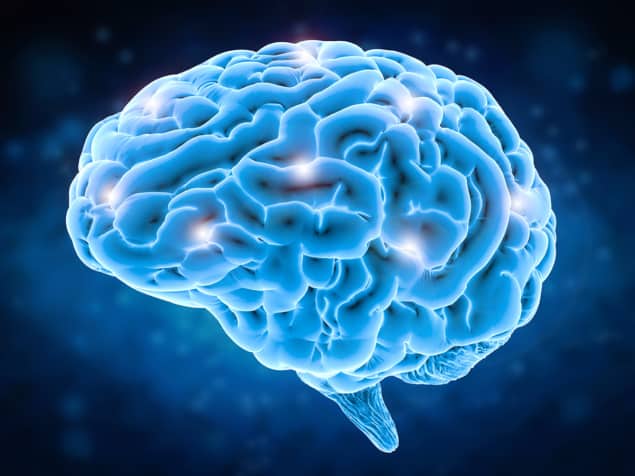
A sensing technique that can precisely detect the release and diffusion of dopamine from individual neuron release sites has been developed by researchers in Germany. Led by Sebastian Kruss at Ruhr University Bochum, the team created their sensor using specially-modified carbon nanotubes that fluoresce at specific near-infrared wavelengths on contact with dopamine.
Dopamine is a signalling molecule exchanged by neurons in the brain. It controls a wide range of processes in the brain including our sense of reward and motivation. Scientists know that issues with dopamine exchange are tied to multiple brain disorders, including Parkinson’s disease, schizophrenia, and addiction. Yet so far, a clear understanding of how these conditions arise has been limited by the low spatial and temporal resolutions of existing techniques for imaging dopamine concentrations in biological tissues.
To tackle the challenge, Kruss’ team has fabricated a new type of nanosensor that uses modified, single-walled carbon nanotubes. When illuminated with visible light, these structures undergo fluorescence by emitting photons with near-infrared (NIR) wavelengths. This makes them ideal for imaging, because NIR light can propagate relativity long distances in biological tissues – providing sharper images than visible light.
Nucleic acid molecules
The researchers modified the nanotubes by binding them to a specific set of nucleic acid molecules, which themselves bind to dopamine. This caused the nanotubes to fluoresce at specific NIR wavelengths when they interacted with dopamine, with a light intensity that is proportional to dopamine concentration.
To create a 2D nanosensor, Kruss and colleagues painted a concentrated solution of the nanotubes onto a glass coverslip. This thin layer was then used to coat a culture of neuron cells. When these neurons were stimulated to produce dopamine, the nanotube paint immediately fluoresced at the distinctive NIR wavelengths.

Could graphene quantum dots help treat Parkinson’s disease?
The spatial and temporal resolution of the sensor is good enough to detect both discrete release events from specific sites, and the diffusion of dopamine between cells. By applying a machine learning-based analysis tool, the researchers could visualize up to 100 release sites simultaneously, and discriminate between sites by the amount of dopamine they released.
Kruss’ team hope that their technique will enable neurologists to better understand the molecular- and cellular-scale mechanisms that drive the release of dopamine; and subsequently, to identify the factors which inhibit this signalling. This could eventually lead to new progress towards treatments for conditions including Parkinson’s disease and drug addiction. In addition, by binding different sets of molecules to carbon nanotube sensors, the technique could be extended to detect other types of signalling molecule.
The research is described in the Proceedings of the National Academy of Sciences.
